In order to be able to do research, we scientists are usually dependent on securing grants. This is important for several reasons: with funding, we can secure a position, we can clarify goals and develop new research ideas. It provides the opportunity to establish collaborations and increase impact. Because of these reasons, there is also a lot of pressure on securing grants – especially for early-career dementia researchers (ECDRs) who have limited experience.
Since there are so many things to think about and I am currently looking to apply for grants myself, we would like to start a discussion with the community about grant writing where everyone can share their tips and tricks to help each other out.
Let’s start the discussion with some important things to consider that I collected from talking to successful colleagues and mentors.
How do you choose where to apply?
This largely depends on your focus of research. There are both national and international grants that could be of interest. Look for information from your university, national dementia associations, or funding agencies about grant opportunities. For international opportunities, you can check out the Alzheimer’s Association grants.
You should also make sure that you understand precisely what the grant is looking and asking for! You don’t want to spend time on an application that is unlikely to be successful because the topics do not match.
Tips and tricks
- Once you know where you want to apply, one of the most important things is to stick to the requirements of the grant. Formatting is key and if guidelines are not followed correctly, it may make your application illegible. It can be very helpful to ask colleagues if they have an example application for a grant opportunity you decide to apply to. You don’t want to miss out on a grant because of formatting!
- Make sure you have a clear opening statement, which is understandable and accessible. Make sure you clearly state why this research is important and relevant. Similarly, the urgency of why this research is relevant now is important to keep in mind. A clear overview figure and making sure you are telling a story can help with this! This also makes it easier for the reviewers to understand your application.
- Feasibility is important and risks should be discussed to show that you both are aware and have a plan for potential risks. If you have a high-risk project, consider discussing the risks and how to minimize them at the end of your application.
- Throughout the application, minimize the use of abbreviations and make sure you use the language appropriately!
- Lastly, make sure that you convincingly show that the proposed research should be conducted by you. Why are you the one to do this? Why can others not do this instead?
Existing resources
Many resources are already available to all of us but finding them or knowing about them can be hard. Check out the ISTAART Guide to Grant or this podcast about fellowship applications. Dementia Researcher also has guest blogs that can be useful, for example when to apply for funding as a postdoc, and provides a funding call overview (primarily aimed at the UK). If you are interested in international calls, the Alzforum provides an overview of grants.
And now it is up to you: share your thoughts and experiences to help ECDRs! What are important lessons you learned? Do you have tips and tricks for all stages of the application? Are there more resources that you use? Which grants are most relevant in your field of research and your location? How do you find grants that are relevant for you? Let us know in the comments!
This blog results from a collaboration with the ISTAART PEERs PIA European working group and the Interdem Academy, which are great resources for early-career dementia researchers.
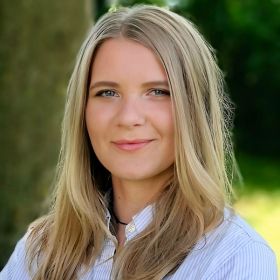
Anika Wuestefeld
Author
Anika Wuestefeld is a PhD Student at Lund University, she also works as part of the ISTAART PEERs PIA European working group and the Interdem Academy. Anika’s research explores the nuances of both aging and Alzheimer’s disease, using multimodal methods, such as various modalities of in-vivo and ex-vivo magnetic resonance imaging, positron emission tomography, and fluid biomarkers.

 Print This Post
Print This Post
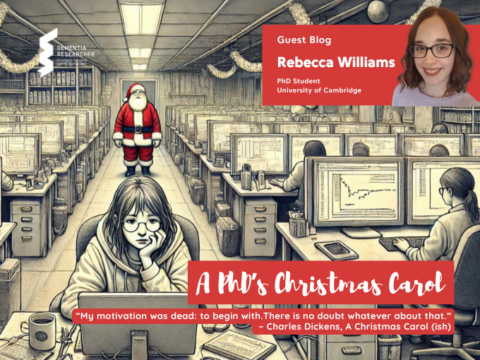


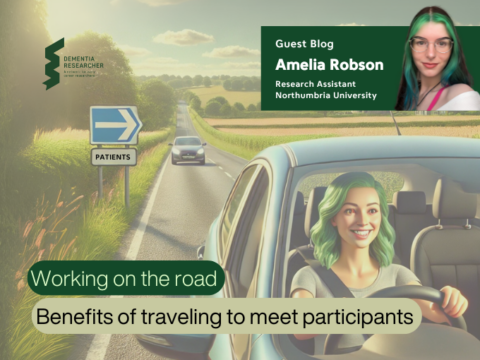
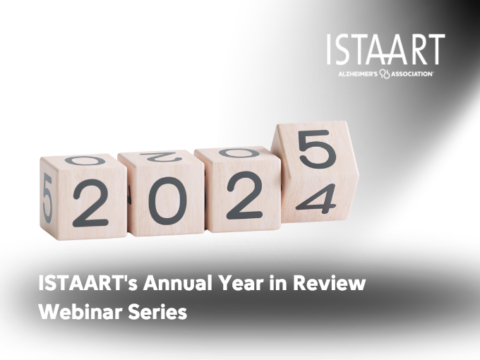
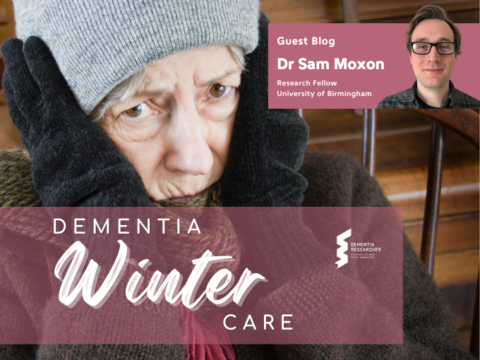
This is a great resource for early-career dementia researchers! The tips on choosing grants and writing strong applications are clear and actionable, especially highlighting the importance of urgency and feasibility. The list of existing resources is fantastic. This will be very helpful for many ECDRs! Thanks for sharing!